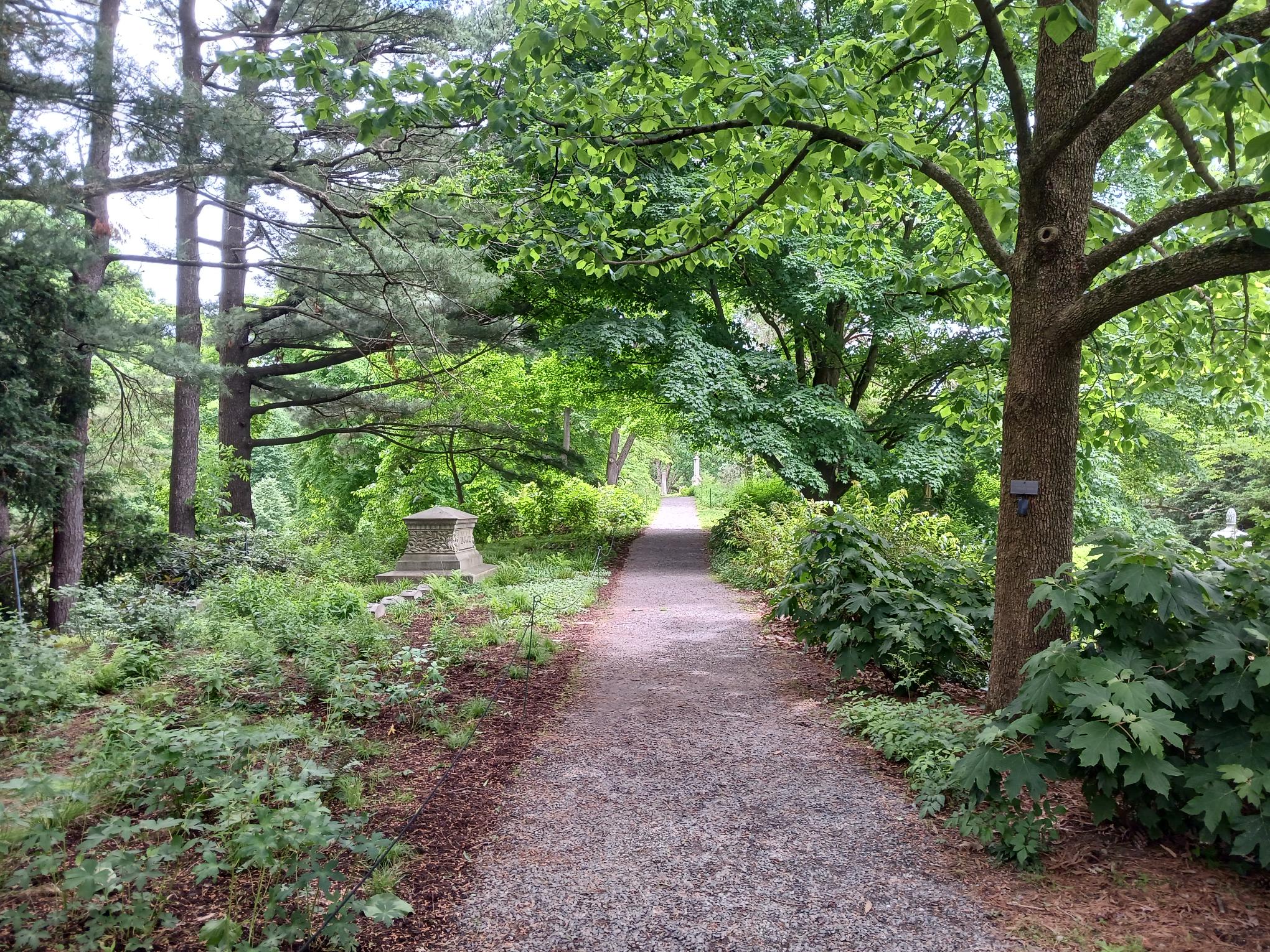
- This event has passed.
Indian Ridge Habitat Restoration Walk
October 2, 2024 @ 5:15 PM - 6:15 PM

Between 2019-2024, Mount Auburn’s Horticulture staff removed many invasive and unwanted plants across the area and installed 26 trees, 2300 shrubs, and 31,000 perennials.
The tour is offered in collaboration with the Ecological Landscape Alliance. It will begin at the Visitor Center and continue along the length of the Ridge. Participants will be guided by Rie Macchiarolo, Mount Auburn’s Director of Ornamental Horticulture, who will share information about the design, installation, and management of this 2-acre woodland and wildflower meadow.
REGISTER HERE>>
The walk is approximately 2/3 mile in total along a mostly flat and even terrain.
Check-in will be at Story Chapel.
Capacity: 30 people
…
Rie Macchiarolo lives in a collective house in Somerville, MA with a small but mighty (mostly) native garden that attracts all sorts of pollinators and smiles from strangers. As the Director of Ornamental Horticulture at Mount Auburn, they oversee the maintenance of the ornamental gardens and natural areas in the cemetery. They collaborate with a team of directors in the Horticulture & Landscape department to maintain this landscape of exceptional beauty. Rie has been volunteering with the Ecological Landscape Alliance since 2016 and they currently serve as the board president. They love seeing wildlife interactions with new plantings, learning new plants, and staring deeply into the eyes of a flower!
…
Experience a deeper connection to Mount Auburn Cemetery with free or discounted access to all our public programs and special events by joining the Friends of Mount Auburn. Our robust roster of programs each year is made possible by the generous support of our donors and in part by the Massachusetts Cultural Council.
For inquiries about accessibility, to request an accommodation, or if you have any questions about your membership, please contact friends@mountauburn.org.
